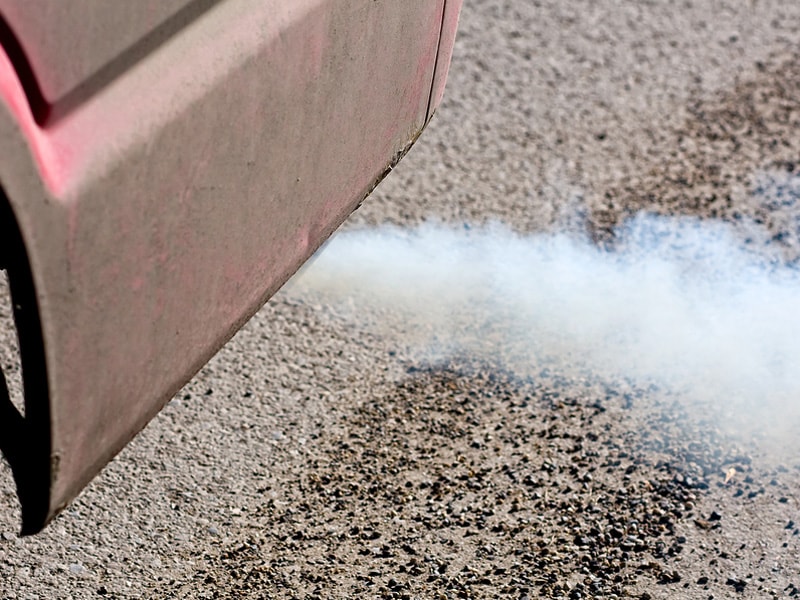Recent Articles
Popular Makes
Body Types
Identifying Automotive Fluid Leaks

car engine oil stain on pavement
Leaks can be difficult to identify, but there are clues that can help you determine just what is slowly dripping from under your car. There are three things to look for when trying to determine where the leak may be coming from: location, color, and consistency.
– Engine oil leaks are the most common type of leak, and are found under the front half of the car, usually directly under the engine. Engine oil is black or very dark brown and will be very slick to the touch. Used engine oil may have a slightly burnt odor. Engine oil leaks typically come from the oil pan, valve covers, oil filter, real seal, or the oil pan plug.

– Anti-freeze is red or green, and has a slightly thicker consistency than water. The fluid is slippery to the touch and the most distinctive aspect of anti-freeze is its sweet smell. Anti-freeze leaks typically come from the front-most part of the vehicle, near the radiator or under the engine. Anti-freeze leaks typically originate from the radiator, radiator hoses, water pump, or the radiator overflow container.
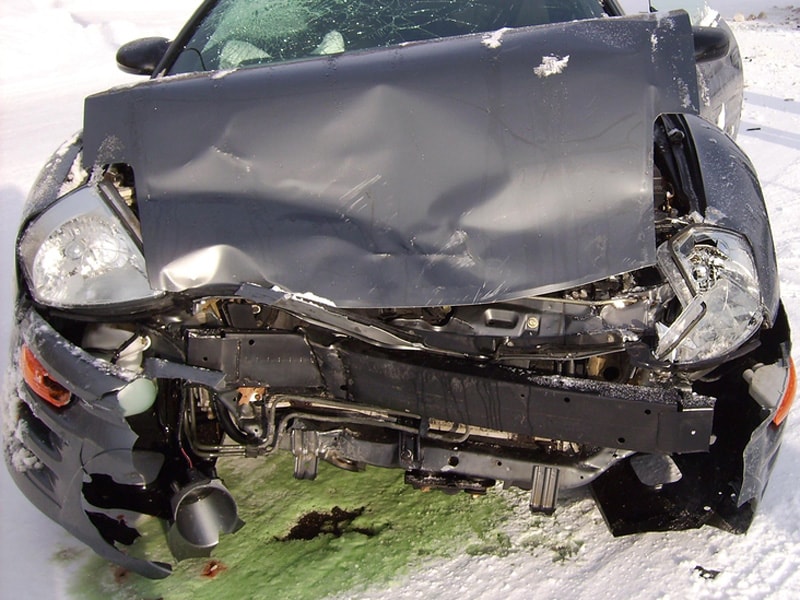
– Transmission fluid will be found under the car, in the middle and towards the front. Transmission fluid is typically red and very slick to the touch. The consistency is similar to that of light engine oil. Transmission fluid also has a distinctive petroleum smell. Transmission fluid that is long overdue for a change may be more brownish in color and smell burnt.
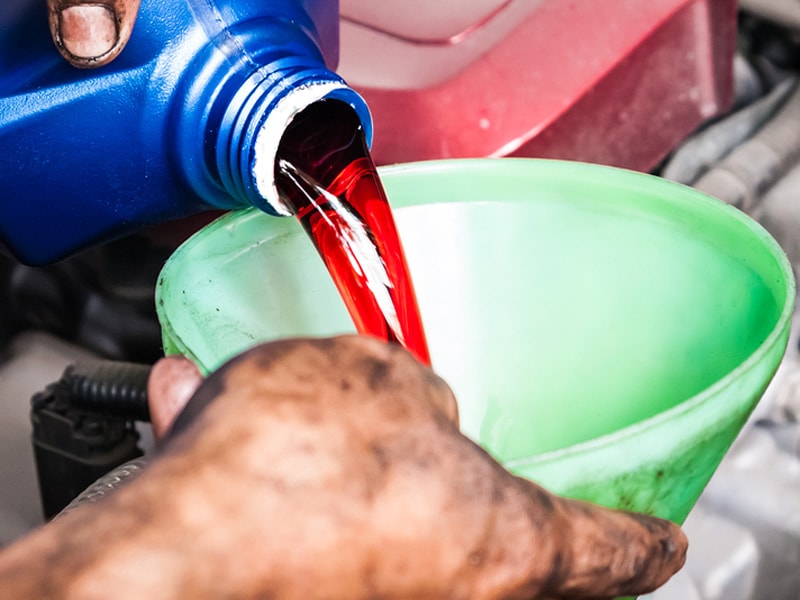
Leaks from the front of the car:
– Power steering and brake fluid look and feel very similar. Power steering fluid tends to be a shade darker than brake fluid. Both will be slick to the touch and have the consistency of thin oil. Power steering fluid leaks typically originate with the power steering pump or hoses. Brake fluid leaks can appear anywhere along the brake lines that run the length of the vehicle. When discovered, these leaks should be fixed immediately, as they pose a safety hazard if not corrected.
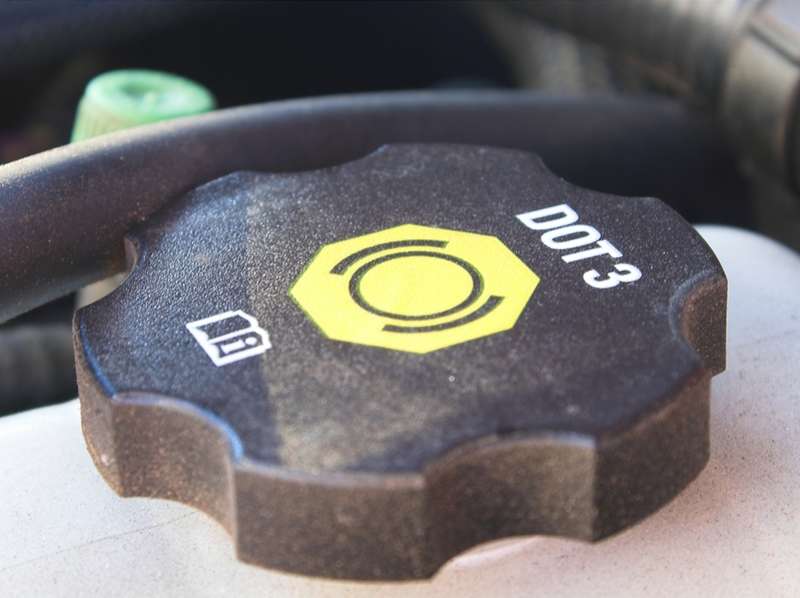
– Windshield washer fluid comes in a variety of colors, including pink, blue, orange, purple, and red. This fluid is the consistency of water. It has very little smell, and leaks will typically come from the windshield washer reservoir or the hoses that lead to the jets that spray the fluid on the windshield. Excessive use of the windshield wiper fluid when the vehicle is not in motion will cause puddles of fluid to develop under the car where the fluid runs down the cowl.
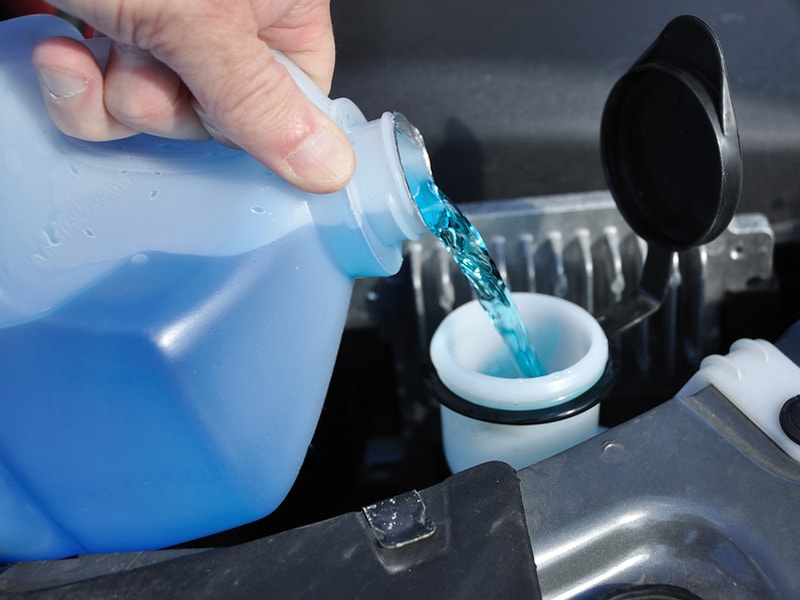
– The easiest way to identify a fuel leak is by smelling the fluid. You can easily tell if the leaking fluid is fuel by the scent. Fuel leaks are a significant safety hazard and with each drop that hits the ground you are losing money, so they should be fixed immediately. Fuel can also leak from the front of the vehicle if the fuel delivery system, such as the fuel lines or the fuel injectors, have failed or are failing.

– On rear-wheel-drive vehicles, the rear differential is located between the two rear tires, and is a large round casing about the size of a soccer ball. If you find thick, black, oil on the pavement under the differential, it may be leaking. This oil tends to have a higher viscosity than engine oil.
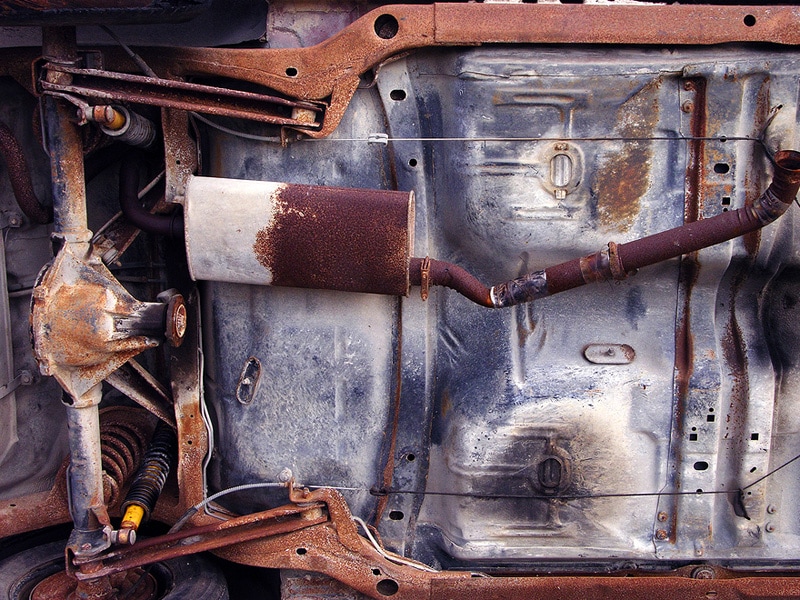
Leaks from other areas of the car:
(exhaust) – If you routinely fill the radiator or radiator overflow container, but cannot find an obvious leak near the front of the car, check your tail pipe. If you smell a sweet odor emanating from the tailpipe you could have an internal anti-freeze leak which is allowing anti-freeze into the cylinder and out the tailpipe. This type of leak should be fixed as soon as possible, as it can cause major damage to the internal moving parts of the engine if allowed to worsen.
